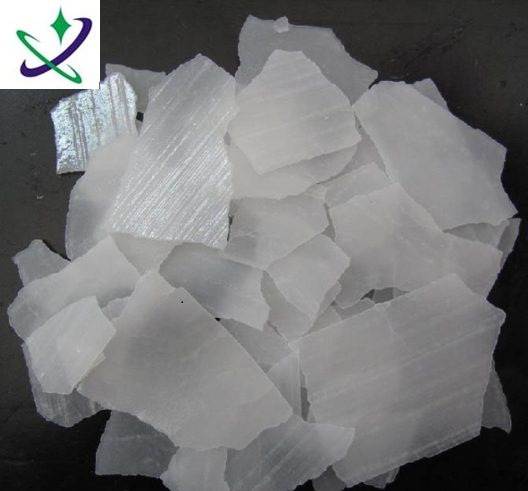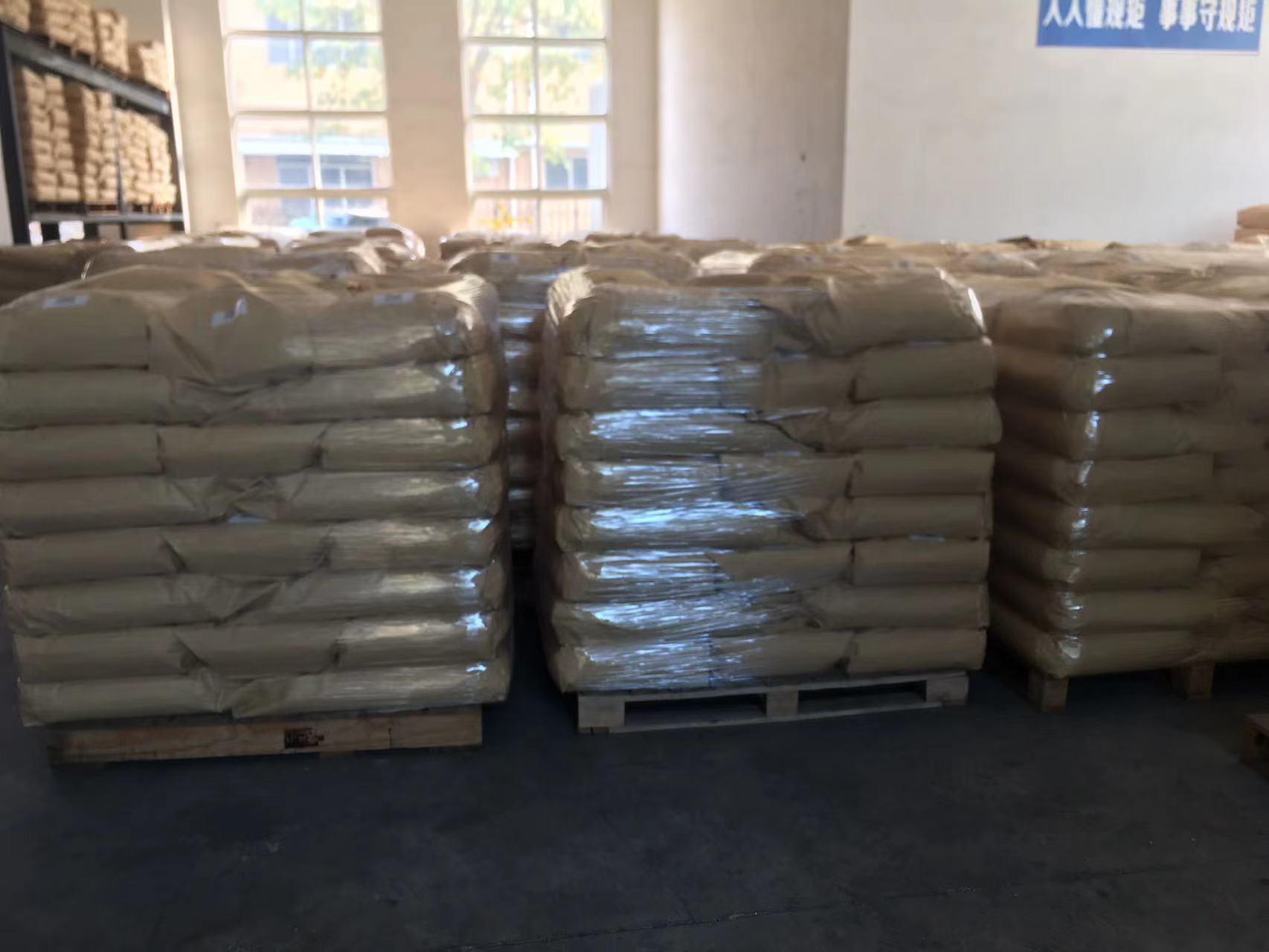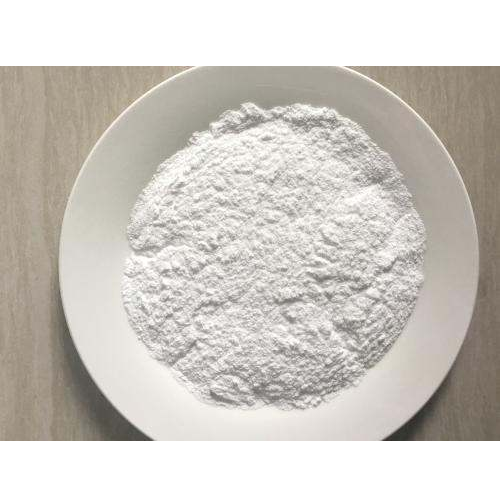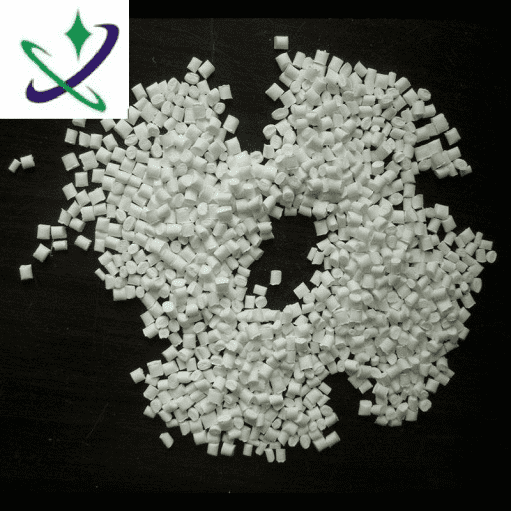Sodium hydroxide,caustic soda
Sodium hydroxide, whose chemical formula is NaOH, is commonly known as caustic soda, caustic soda and caustic soda. When dissolved, it emits ammonia smell. It is a strong caustic alkali, which is generally in flake or granular form. It is easily soluble in water (when dissolved in water, it gives off heat) and forms alkaline solution. In addition, it is deliquescent and easily absorbs water vapor (deliquescence) and carbon dioxide (deterioration) in the air. NaOH is one of the necessary chemicals in chemical laboratories, and it is also one of the common chemicals. The pure product is colorless and transparent crystal. Density 2.130 g/cm. Melting point 318.4℃. The boiling point is 1390℃. Industrial products contain a small amount of sodium chloride and sodium carbonate, which are white and opaque crystals. There are blocky, flaky, granular and rod-shaped. Type quantity 40.01
Sodium hydroxide can be used as alkaline cleaning agent in water treatment, which is dissolved in ethanol and glycerol; Insoluble in propanol and ether. It also corrodes carbon and sodium at high temperature. Disproportionation reaction with halogen such as chlorine, bromine and iodine. Neutralize with acids to form salt and water.
Physical properties of folding
Sodium hydroxide is a white translucent crystalline solid. Its aqueous solution has astringent taste and satiny feeling.
Folding deliquescence It is deliquescent in the air.
Folding water absorption
Solid alkali is highly hygroscopic. When exposed to the air, it absorbs water molecules in the air, and finally dissolves completely into solution, but liquid sodium hydroxide has no hygroscopicity.
Folding solubility
Folding alkalinity
Sodium hydroxide will completely dissociate into sodium ions and hydroxide ions when dissolved in water, so it has the generality of alkali.
It can carry out acid-base neutralization reaction with any protonic acid (which also belongs to double decomposition reaction):
NaOH + HCl = NaCl + H₂O
2NaOH + H₂SO₄=Na₂SO₄+2H₂O
NaOH + HNO₃=NaNO₃+H₂O
Similarly, its solution can undergo double decomposition reaction with salt solution:
NaOH + NH₄Cl = NaCl +NH₃·H₂O
2NaOH + CuSO₄= Cu(OH)₂↓+ Na₂SO₄
2NaOH+MgCl₂= 2NaCl+Mg(OH)₂↓
Folding saponification reaction
In many organic reactions, sodium hydroxide also plays a similar role as a catalyst, among which the most representative one is saponification:
RCOOR’ + NaOH = RCOONa + R’OH
Collapse other
The reason why sodium hydroxide easily deteriorates into sodium carbonate (Na₂CO₃) in the air is because the air contains carbon dioxide (co):
2NaOH + CO₂ = Na₂CO₃ + H₂O
If excessive carbon dioxide is continuously introduced, sodium bicarbonate (NaHCO₃), commonly known as baking soda, will be generated, and the reaction equation is as follows:
Na₂CO₃ + CO₂ + H₂O = 2NaHCO₃
Similarly, sodium hydroxide can react with acidic oxides such as silicon dioxide (SiO₂) and sulfur dioxide (SO):
2NaOH + SiO₂ = Na₂SiO₃ + H₂O
2 NaOH+SO (trace) = Na₂SO₃+H₂O
NaOH+SO₂ (excessive) = NaHSO₃ (generated NASO and water react with excessive SO to generate nahSO)












